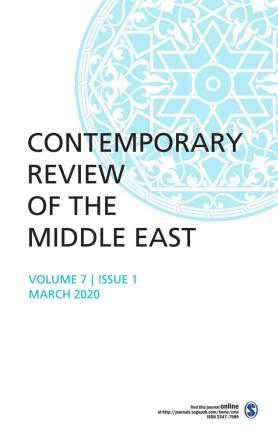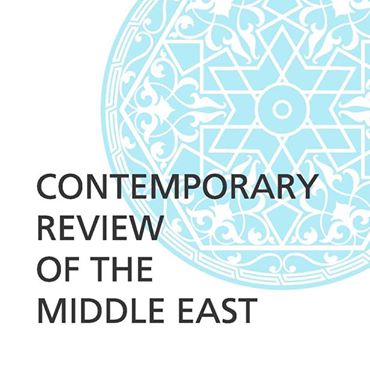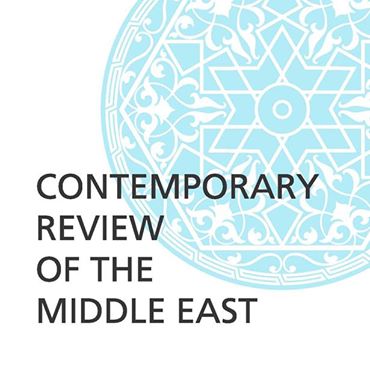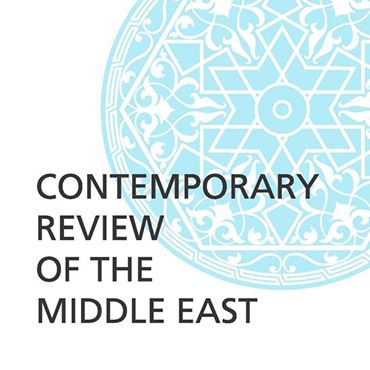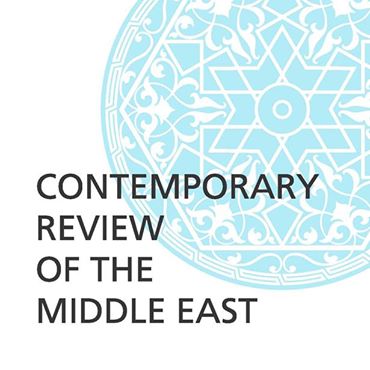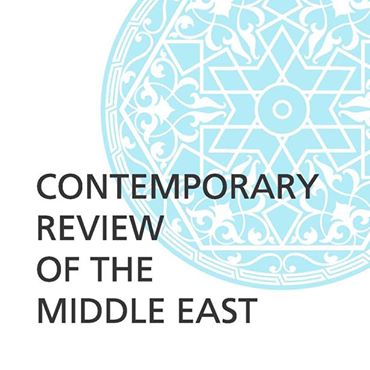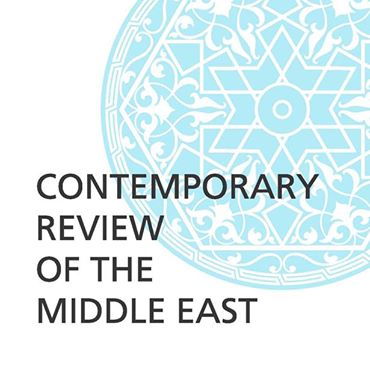Breaking
- MENU
Lorem Ipsum is simply dummy text of the printing and typesetting industry.
http://journals.sagepub.com/toc/cmea/1/2
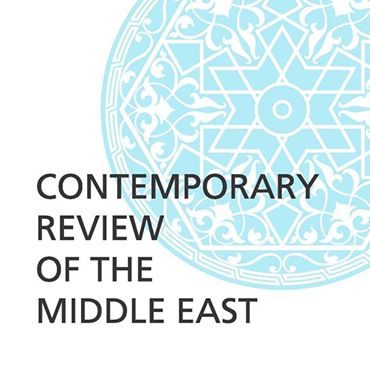
1) Dateline MEI By P.R. Kumaraswamy; pp. 125–126 Read More
2) The Ties that Do Not Bind: The Limits of the South Asian–Gulf Rapprochement By Jean-Loup Samaan; pp. 127–140
Abstract: This article evaluates the current relations between Gulf monarchies and South Asian States (India, Pakistan) as well as China. Economic ties between the Arabian Peninsula and these Asian countries grew in earnest in recent years leading to the making of a popular narrative which states that this rapprochement is a consequence of the international redistribution of power from the West to the East. The narrative argues that in coming years the decline of the United States and European countries will lead to their retreat from their historical areas of influence. However the idea of a rising Gulf-Asian strategic nexus is shaped by misleading geopolitical determinism. It derives from the belief that Gulf and Asian countries are part of one and the same geopolitical space and implies that international relations are merely a zero-sum game according to which rising Saudi-China relations equate to declining Saudi–US relations. This article challenges this narrative by arguing that despite these interactions, the Persian Gulf and Asia do not blend into an interregional entity or a ‘meso-system’. Eventually national security considerations prevail and although bilateral ties between countries from the two areas are likely to grow in the economic domain, there is no reason to think that the two regional complexes will merge at the political and strategic levels.
3) Managing the Arab Spring: The Saudi Way By Md. Muddassir Quamar; pp. 141–163
Abstract: The Arab Spring posed a number of challenges for Saudi Arabia both internally and externally. Its primary concern was to maintain security and stability within the kingdom as it feared a spillover of the problems faced by the affected countries. Arab Spring also challenged the regional dynamics which had the potential to harm Saudi national interests. Thus, the monarchy tried to manage the emerging situation by keeping an eye on its domestic stability and maintaining its external standing. Though it applied similar strategies inside and outside, the approaches were contradictory. It was accommodative in dealing with the situation within, but chose to be assertive when it came to pursuing its interests outside. It managed to effectively achieve its objectives of avoiding the spread of protests and the attendant potential for instability inside the kingdom despite facing security concerns. Moreover, it was largely successful in influencing the events in Bahrain and Yemen to secure its interests, and with Syria staring at a stalemate and an altered situation in Egypt, the potential threat of a radically changed regional environment also subsided. Thus, the Saudi aims of protecting the national interests and keeping the regional dynamics intact while ensuring the security and stability of the kingdom were fulfilled. However, with the evolving nature of sociopolitical life in the Arab world in general, and Saudi Arabia in particular, the monarchy needs to develop a nuanced and sustainable approach toward dealing with these recurring issues. It is important that a steady process of reform is initiated to satisfy people’s aspirations and an institutionalized foreign policy is developed to deal with the changing regional environment. A failure at any of the two can pose a threat to the kingdom’s stability and regional standing in the long run. Read More
4) Martyrdom and Legacy of Blood: A Case Study in Iran By Negar Partow; pp. 165–188
Abstract: Martyrdom operations as a means to achieve political ends gained currency in the Middle East since the 1980s. Violent extremist groups justified such operations with the theological idea of sacrifice for the cause of the ummah. The article argues that it was Khomeini who first promoted the idea of resistance through creating a connection between the theological notion of martyrdom and modern politics. Ritual sacrifice has been present in many societies and plays the role of communicating specific concepts or social and political structures. In the case of Shias, Ashura denotes the spirit of sacrifice as a test for loyalty toward God, which was used by Khomeini to communicate the connection between theology and the act of sacrifice in the modern political context. The idea became popular in the region, cutting across sectarian divide due to its nationalistic flavor. This article explores the transformation of the concept of martyrdom in Iranian Shias and its exportation to Sunni political groups in the region. By using theories on the role of sacrificial rituals in social construction of authority and hierarchy, this article claims that the re-traditionalized concept of martyrdom could only be meaningful in the context of modern politics and territorial sovereignty. Read More
5) Hezbollah and the Arab Spring By Joseph Alagha; pp. 189–206
Abstract: The Lebanese resistance movement and political party, Hezbollah, benefited from the Arab Spring to spread its hegemony over Lebanon through democratic means. In January 2011, the party and its allies forged a majority in the parliament and formed a cabinet. The cabinet collapsed two months before Hezbollah’s overt acknowledgement of involvement in the Syrian quagmire. Since March 22, 2013, a power vacuum has been reigning in Lebanon: there is no cabinet; no functioning parliament; and no properly running institutions. This situation increased sectarian tensions, especially the Sunni–Shia divide or discord (fitna). In spite of the relative stability of Lebanon, like the Arab uprisings, the country lacks a clear ideological vision, unified leadership, and has serious problems with institutionalization and constitutionalism. Read More
6) Examining AKP’s Impact on Turkey’s Domestic and Foreign Policy By Leslie Keerthi Kumar S.M.; pp. 207–230
Abstract: The conservative AKP came to power in Turkey in 2002 and ever since, it has been accused of following an Islam-driven domestic and foreign policy by many critics. This article argues that AKP has pursued only a moderate conservative agenda in the domestic arena which is consistent with its claims of being a conservative democratic party akin to similar parties in the West. In the foreign policy front, the article traces the historic evolution of Turkey’s foreign policy to show that AKP has only followed the Ozalist approach that originated in the 1980s. Thus, the article concludes against the notion that AKP’s foreign and domestic policies are driven by an Islamic ideology. Read More
7) Book Review: Efraim Inbar (Ed.) (2013). The Arab Spring, Democracy and Security: Domestic and International Ramifications By Nagothu Naresh Kumar; pp. 231–234 Read More
8) Book Review: Sudhir T. Devare, Swaran Singh, and Reena Marwah (Eds) (2013). India and GCC Countries Iran and Iraq, Emerging Security Perspectives By Melissa S. Cyrill; pp. 234–237 Read More
9) Book Review: Alan Dowty (2012). Israel/Palestine By Shubhda Chaudhary; pp. 237–239 Read More
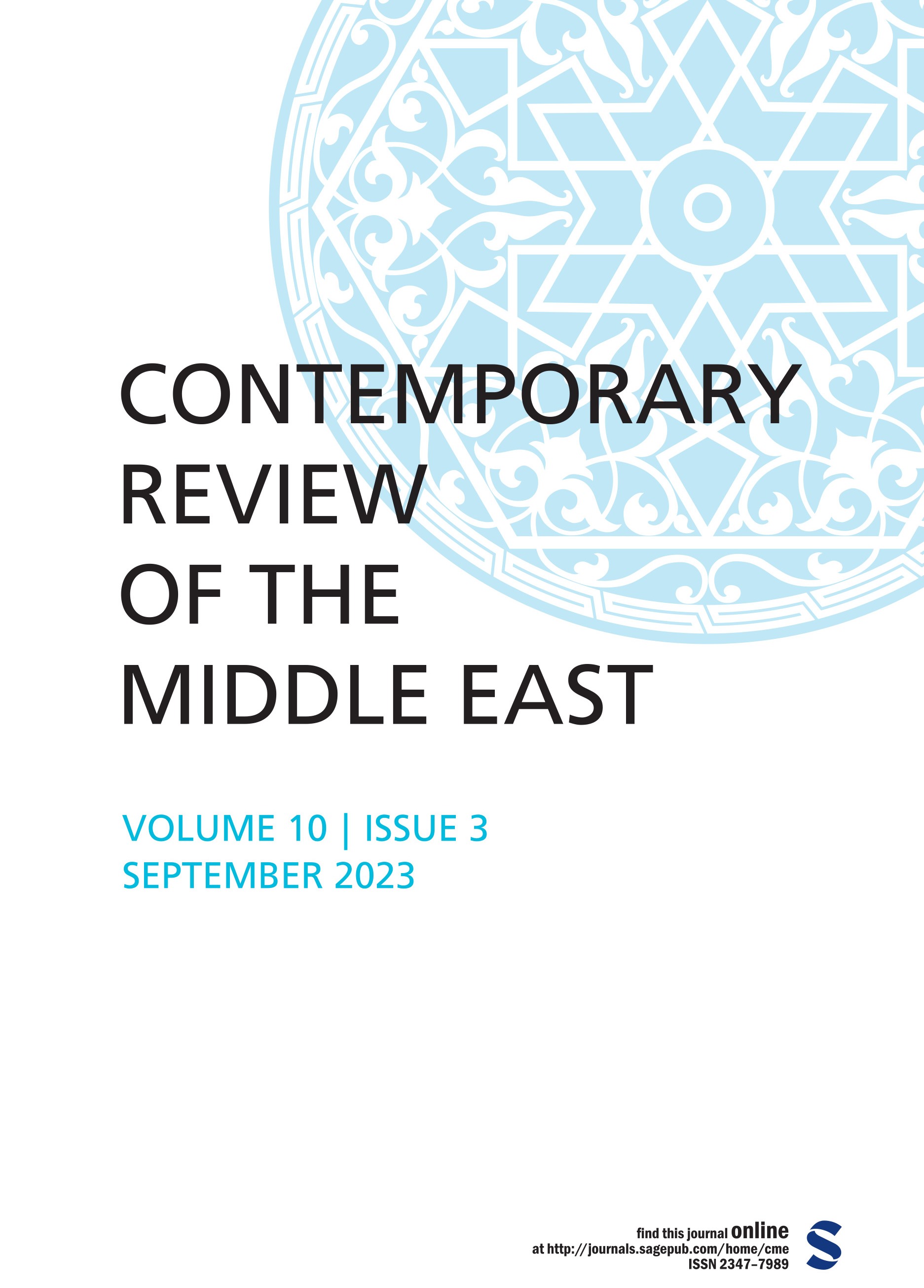
Invented Tradition as a Theoretical Approach Within Iranian Memory Studies: A Review Mohammad
Read More »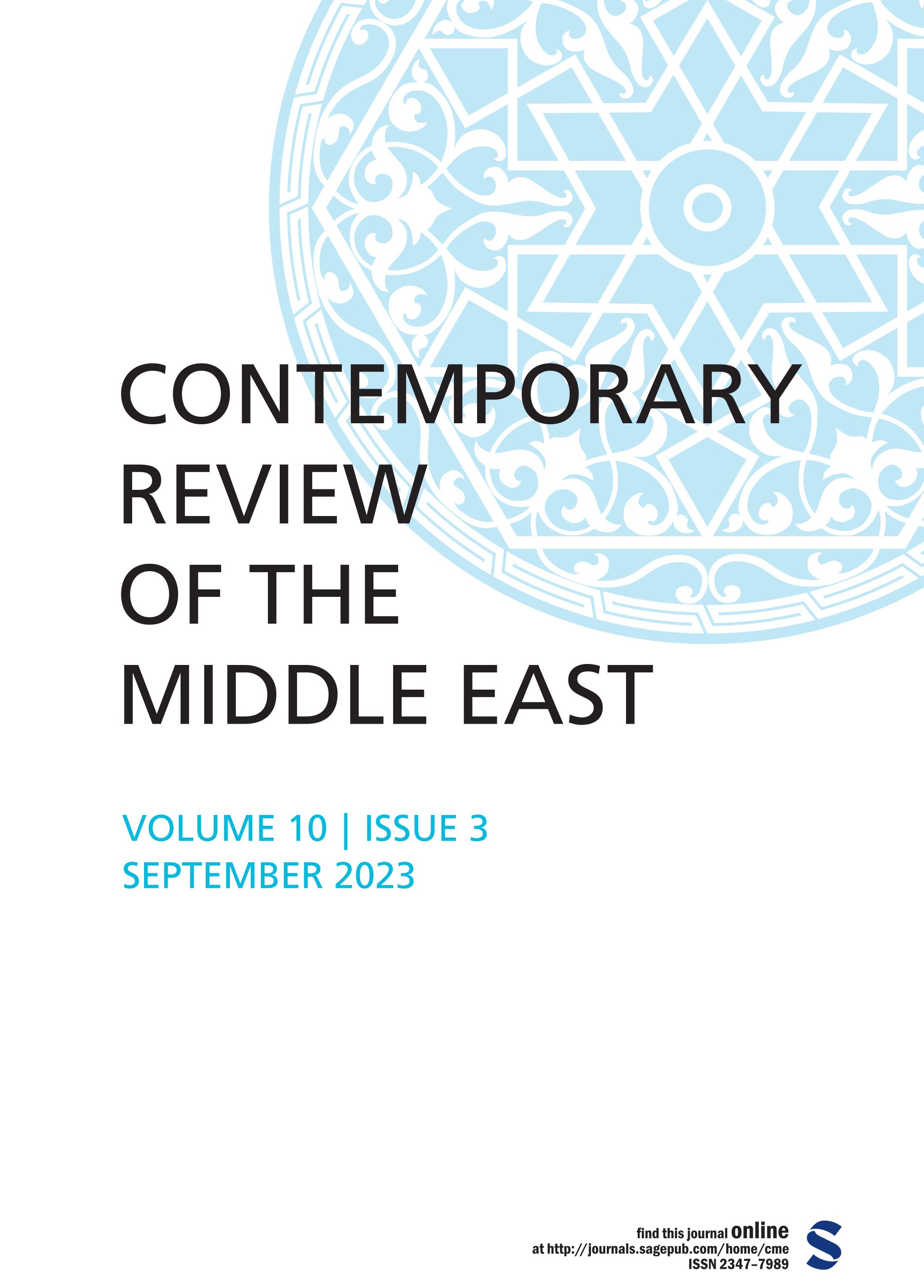
Neo-Ottoman Turk-Scape: Analyzing the Role of Dizis as Türkiye’s Soft Power Mohammad Reyaz and
Read More »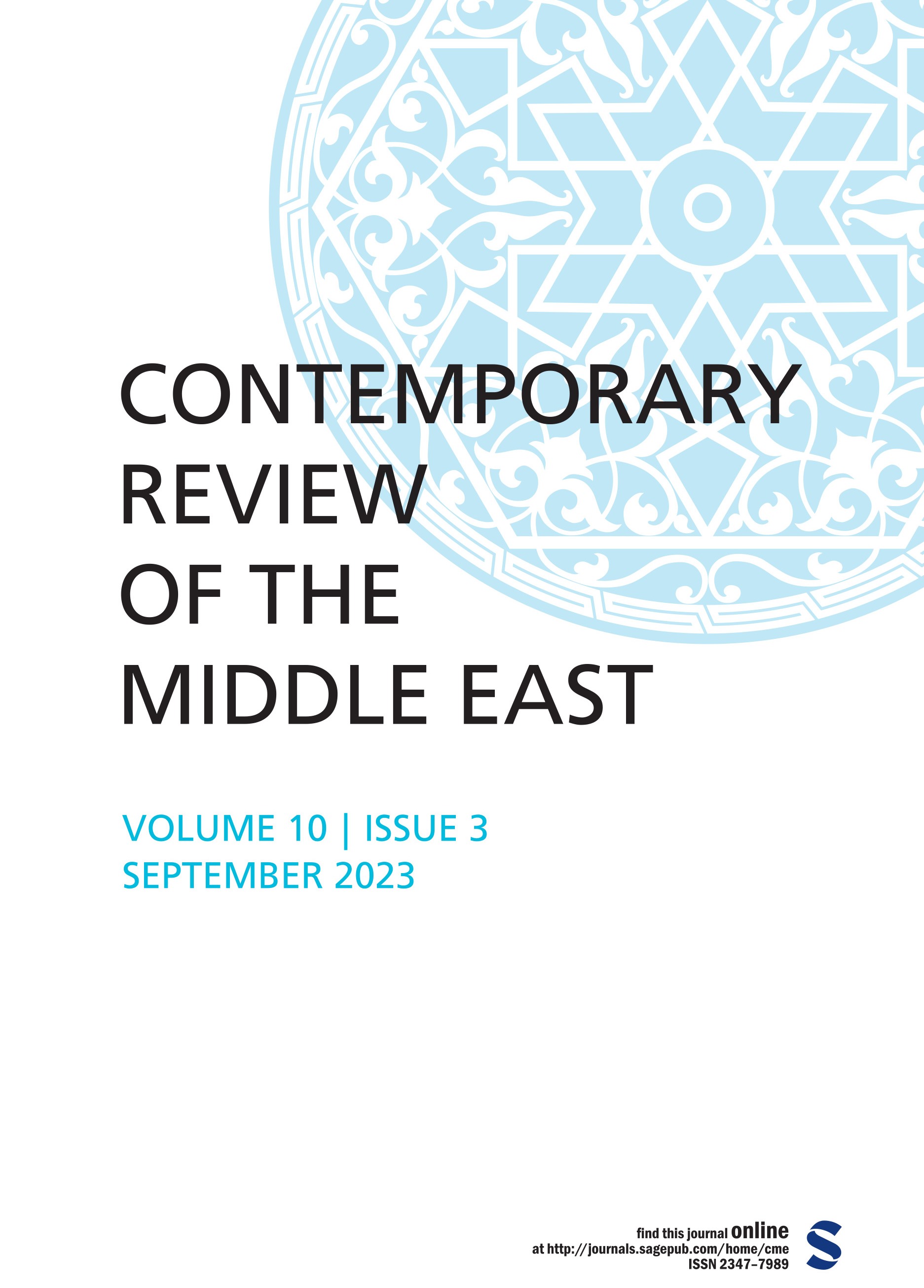
The Relations of Vietnam with the Middle East-North Africa Region: From a Divided State to an Important&
Read More »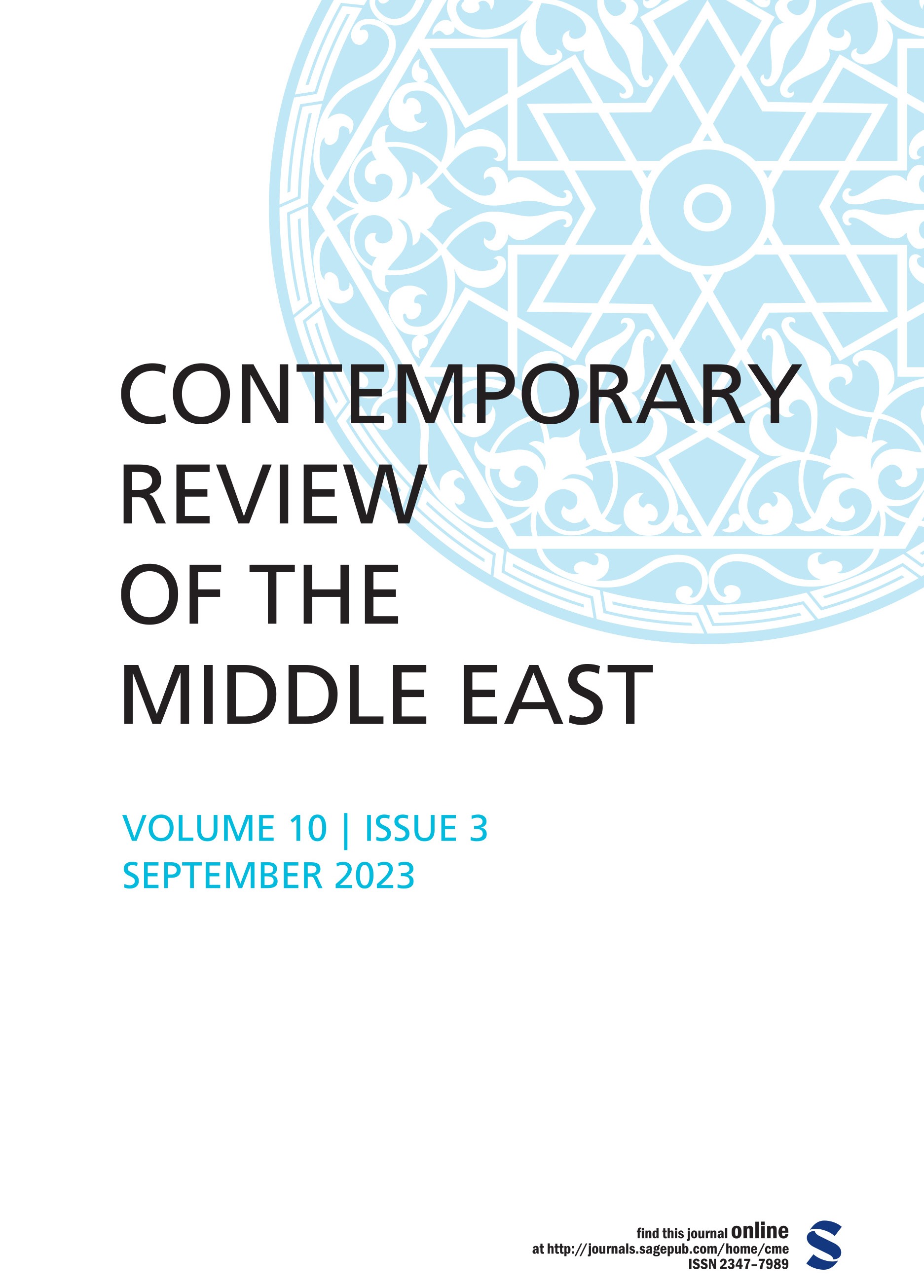
An Analysis of Yemen’s Geostrategic Significance and Saudi-Iranian Competition for Regional Hegemo
Read More »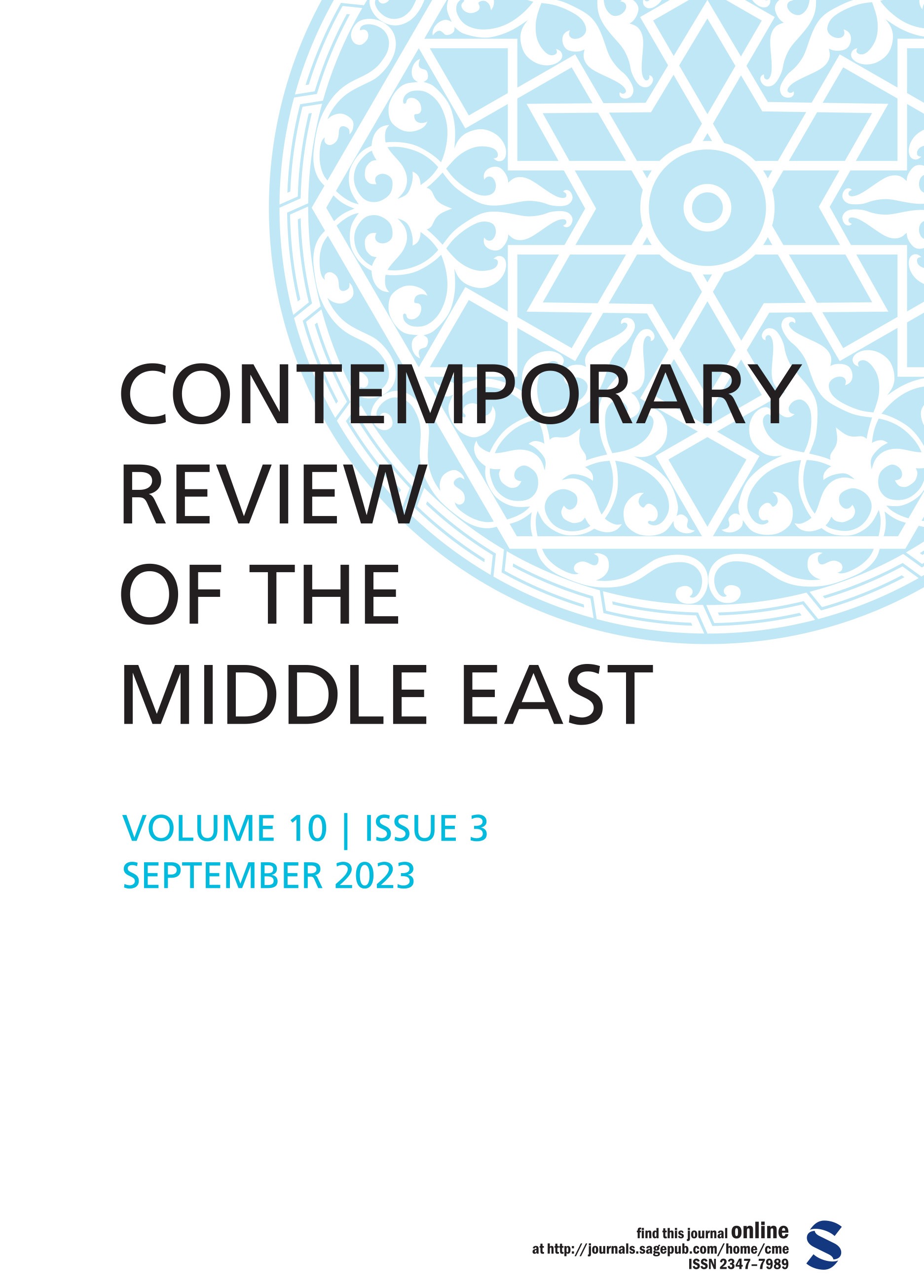
The National Reconciliation Process in Algeria During the Bouteflika’s Era: The Official Narrative Fa
Read More »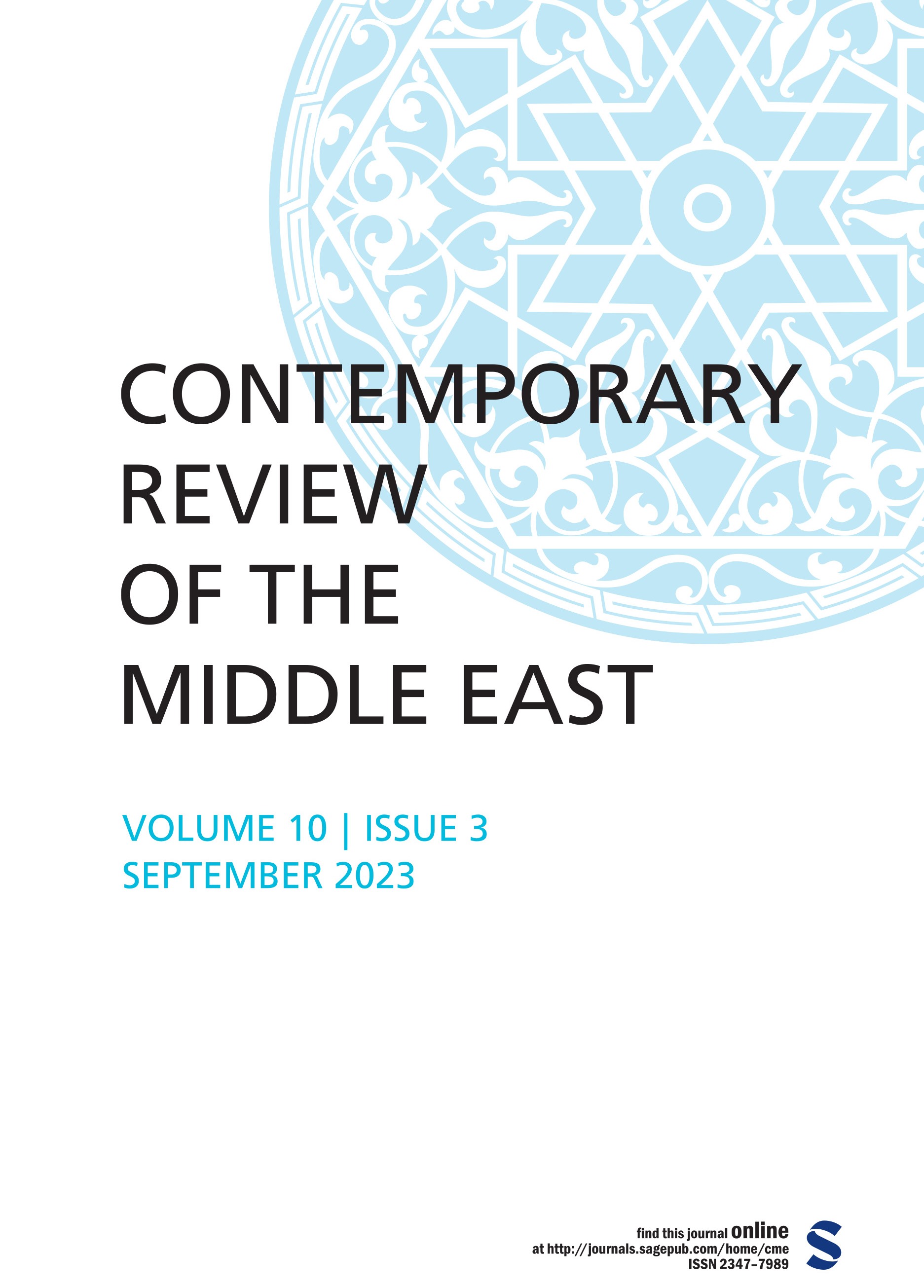
Dateline MEI When Netanyahu Rocks the Israel Boat, Nero Style P. R. Kumaraswamy For the text see: We
Read More ».jpg)
.jpg)
